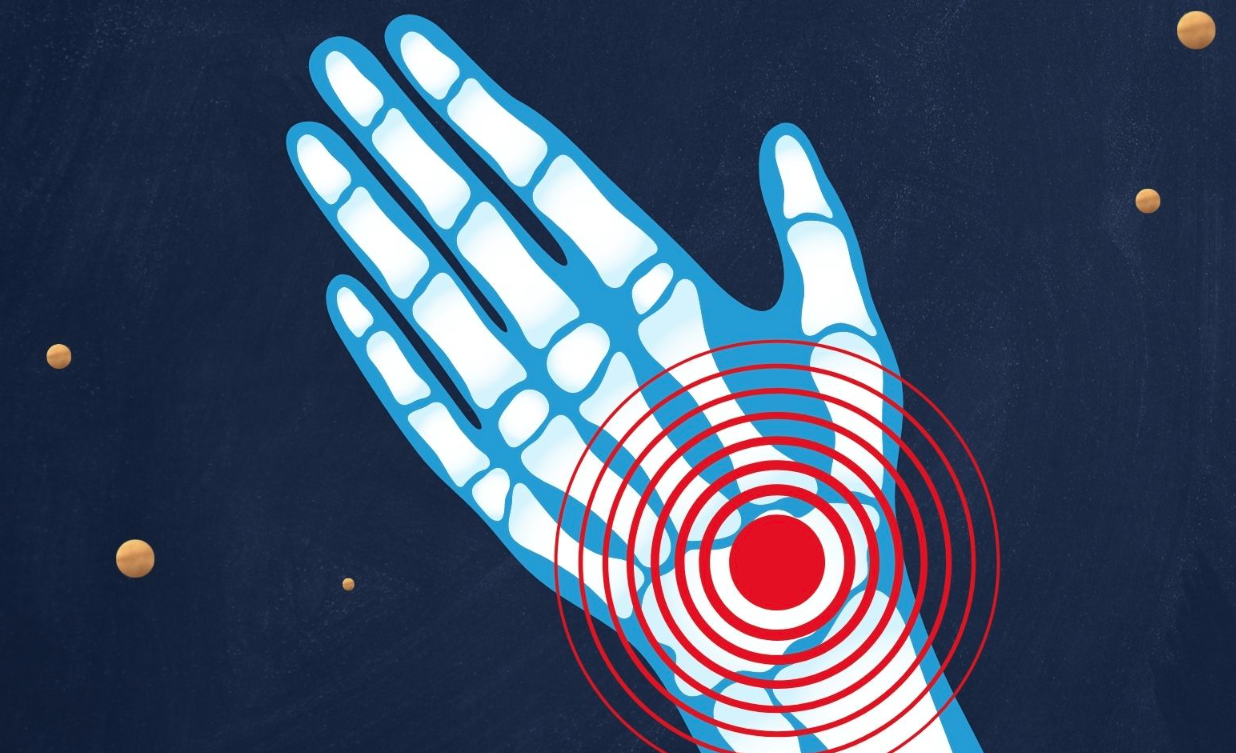Here are some great insights in understanding Carpal Tunnel Syndrome

What is Carpal Tunnel Syndrome?
Carpal tunnel syndrome is a problem that hinders the normal functional activities of the affected hand. It usually occurs due to the compression of the median nerve, which runs through a narrow tunnel in the wrist, whenever there is excessive compression on the wrist, which compresses the nerve. If any inflammation of the tendons present at that space compresses, it never causes severe symptoms in areas to which nerve supplies.
Symptoms of carpal tunnel syndrome
Median never supplies the palmar side of the hand, including the thumb, index finger, middle finger, and medial side of the ring finger. Any compression on the median nerve from external or internal factors induces few typical symptoms. Patients usually present with
- Severe pain in hand and wrist area
- Tingling and burning sensation
- Sever electric shock-like sensation, which is frequent.
- Complaint of numbness in the fingers to which nerve supplies.
- Affected hand functionality and problems in performing precise tasks.
- Weakness mostly in the tumb
- Poor sleep quality due to severe pain
These symptoms often increase with the movement of the hand or an increase of pressure on the wrist area. If you are experiencing the same symptoms, do not ignore these and consult the doctor as soon as possible for further investigations.
Causes of carpal tunnel syndrome
Multiple factors can cause carpal tunnel syndrome, which can be external or internal factors.
External factors include:
- Any injury or accident which compromises the nerve or adjacent structure
Internal factors include
- Thyroid issues
- Obesity
- Pregnancy
- Diabetes
- Any bone issues
- Dislocations
- Menopause
- Any repetitive movement on the wrist
- Any other pathology
Repetitive movements on the wrist usually cause swelling and thickening of the membrane around the wrist. This puts pressure on the median nerve and triggers the painful condition.
Diagnosis
If you experience any symptoms, consult the doctor as soon as possible. The professional will assess your reflexes, strength, and nerve sensation. According to your symptoms, the doctor may suggest different testing methods to confirm the diagnosis. These methods may include:
- X-Ray
- Ultrasound
- Nerve conduction study
- Physical tests
Treatment
Treating carpal tunnel syndrome involves invasive and noninvasive conservational treatment options.
Conservation treatment: Options include physical therapy in which doctors recommend different splints to immobilize and reduce pressure on the wrist. He may also suggest some icing, and steroidal medication to reduce the inflammation and pain in the affected area.
Surgical treatment: This is less recommended, and it is the last option. If the patient is not responding to the rehab and medicine, doctors perform a surgical procedure to release the carpal tunnel.
If you are suffering from this condition, it is better to consult an expert before it’s too late to treat.


